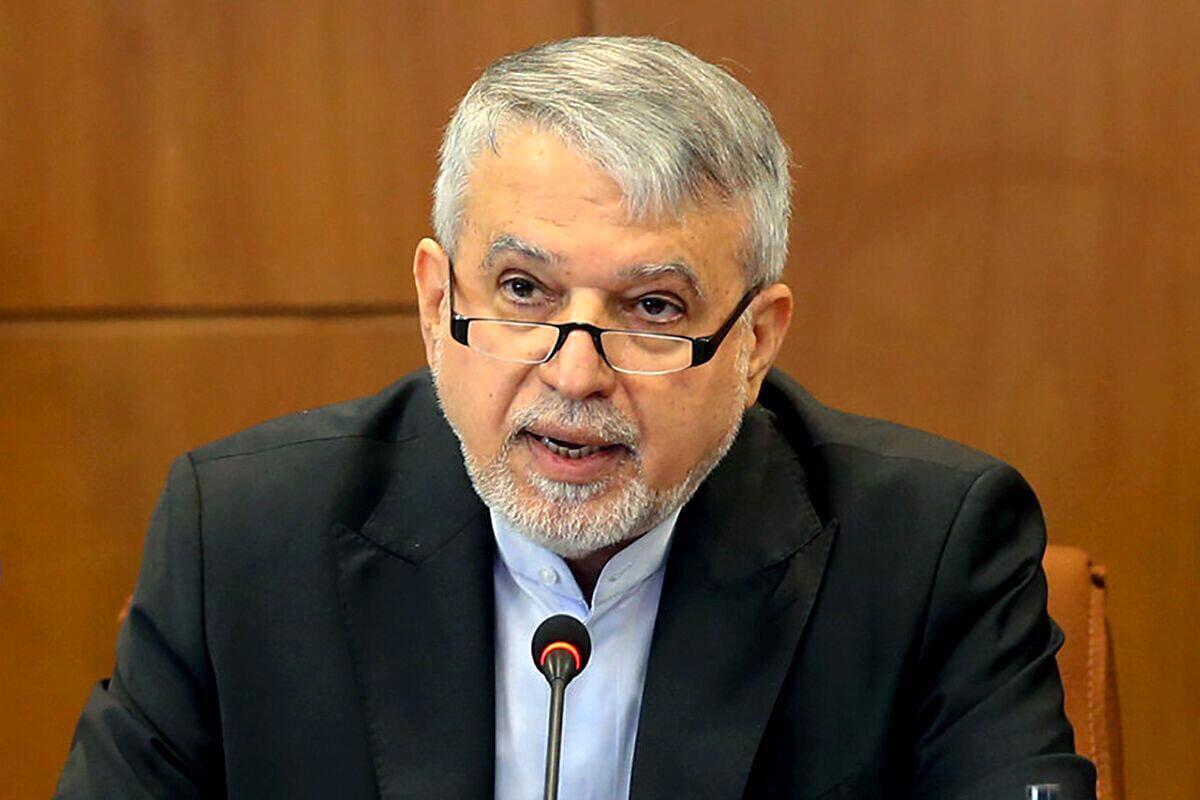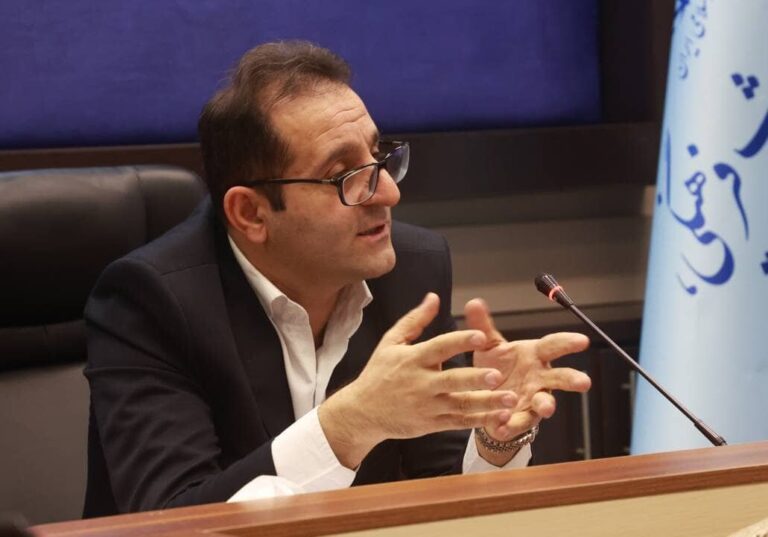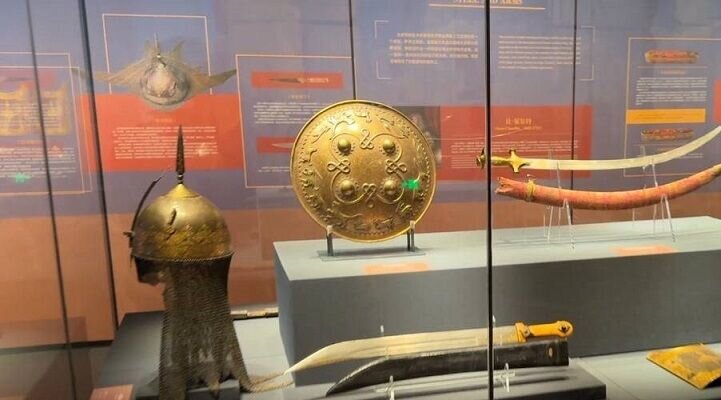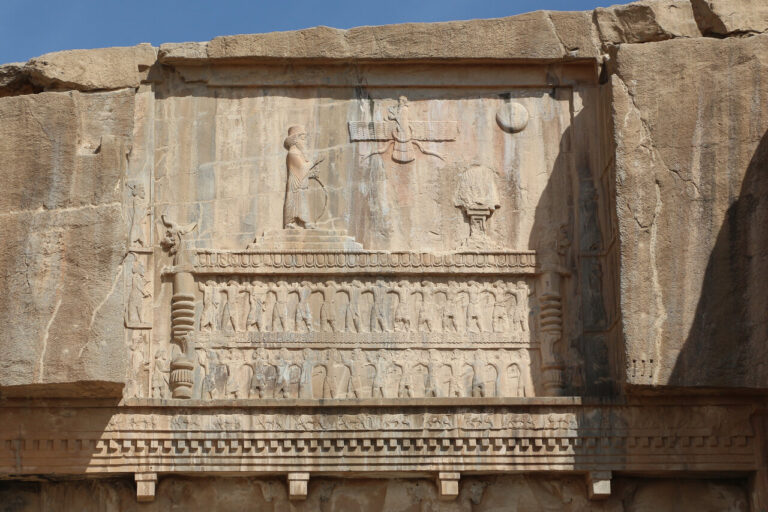
Similar Posts

Unveiling Iran’s Water Legacy: How Qanats Fueled the Achaemenid Empire’s Expansion
The qanat system of Iran showcases ancient engineering brilliance, crucial for the success of the Achaemenid and Sassanid empires. Expert Mohammad Barshan emphasizes its significance, noting tax exemptions for those who irrigated dry land with qanats. Iran boasts the longest and oldest qanats, with 11 recognized as UNESCO World Heritage Sites. The Gonabad Qanat, a notable example, spans 35 kilometers and reaches depths of over 300 meters. Ancient scholars like al-Biruni and Avicenna contributed to hydrological knowledge, while Iran’s watermills and reservoirs exemplified advanced water management techniques. The qanat legacy continues to influence modern water resource practices worldwide.

Discover the Soheili Mangrove Forest: A Perfect Blend of Community Engagement and Environmental Conservation
The Soheili mangrove forest on Qeshm Island in Iran exemplifies environmental resilience and community dedication. This UNESCO biosphere reserve showcases a partnership between nature and Soheili village residents who employ innovative conservation methods. Villagers nurture mangrove seedlings at home, build observation towers for birdwatching, and preserve traditional Hori boats. The forest supports diverse wildlife, including flamingos and fish, but faces challenges like rising sea levels and pollution. The community’s hands-on restoration efforts have resulted in thousands of new mangroves, fostering environmental stewardship and cultural heritage, while engaging visitors and researchers in its rich biodiversity.

Iran Eases Visa Restrictions: Overcoming Media Misinformation to Boost Tourism
Iran’s tourism sector struggles under the weight of Iranophobia, driven by negative media portrayals. Despite relaxed visa restrictions for over 40 countries, these harmful narratives discourage potential visitors from experiencing Iran’s rich cultural heritage and landscapes. Moslem Shojaei, director-general for Marketing and Tourism Development, emphasized that the real issue lies in biased media coverage, not visa access. He advocates for accurate information dissemination and highlighted the importance of international events and influencer marketing to counteract negative perceptions. Iran plans to participate in various tourism exhibitions and conferences, aiming to enhance its global image and attract more tourists to its UNESCO-listed sites.

Iranian Artifacts Exhibit Unveils Cultural Treasures in Guangzhou: Second Stop on China Tour
The Iranian loan exhibition “Land of Kindness,” after a successful debut at Sichuan University Museum, is set to move to the Guangdong Museum in Guangzhou, with an opening ceremony in mid-April 2025. Highlighting Iran’s rich cultural heritage, the exhibition features 151 artifacts spanning five millennia, including metal, ceramic, glass items, textiles, and carpets. Organized by Iran’s Ministry of Cultural Heritage, it aims to strengthen cultural ties between Iran and China. The exhibition has garnered significant media attention, enhancing understanding and appreciation of Persian culture while promoting cultural diplomacy and artistic exchange between the two nations.

Reviving History: Restoration Efforts Resume at Apadana Palace and Artaxerxes III Tomb in Persepolis
Restoration efforts have resumed at Persepolis, a UNESCO World Heritage site in southern Iran, after a pause during the Nowruz holidays. Key projects include the Apadana Palace, the rock-carved tomb of Artaxerxes III, and the southern inscription of the Terrace, which holds immense historical value. Shahram Rahbar, head of the Conservation and Restoration Department, noted the complexity of the restoration, particularly of the southern inscription attributed to Darius the Great, requiring expert collaboration. These efforts underscore Iran’s commitment to preserving its cultural heritage, as Persepolis remains a symbol of the ancient Achaemenid Empire’s grandeur.
